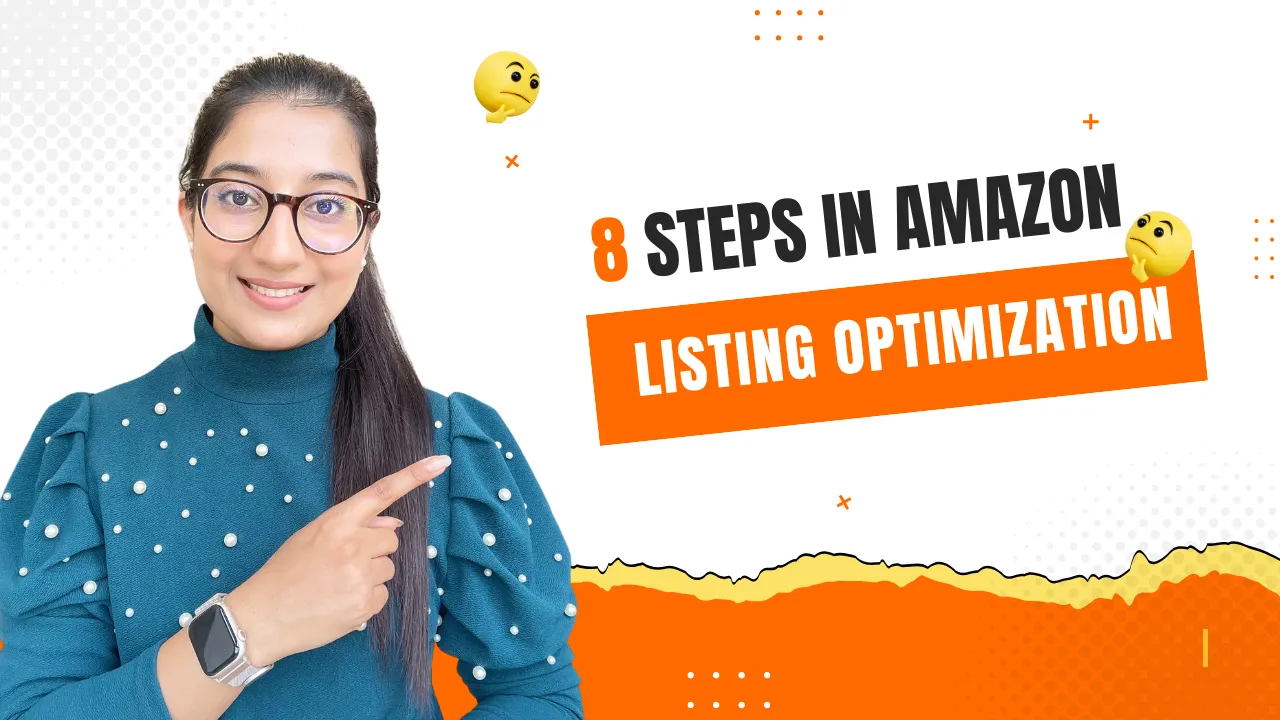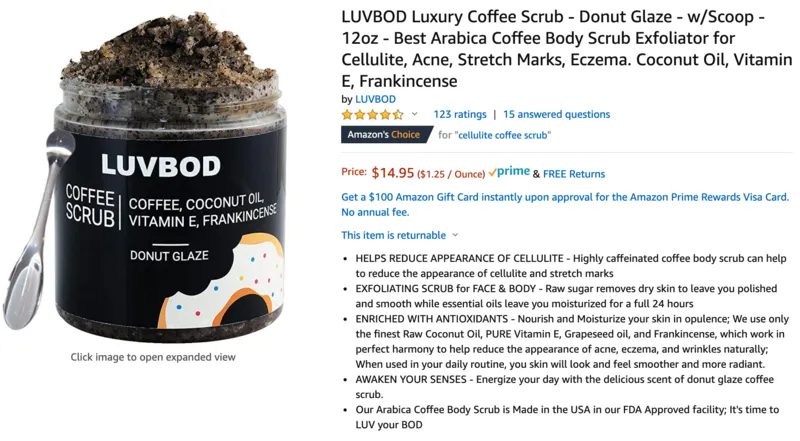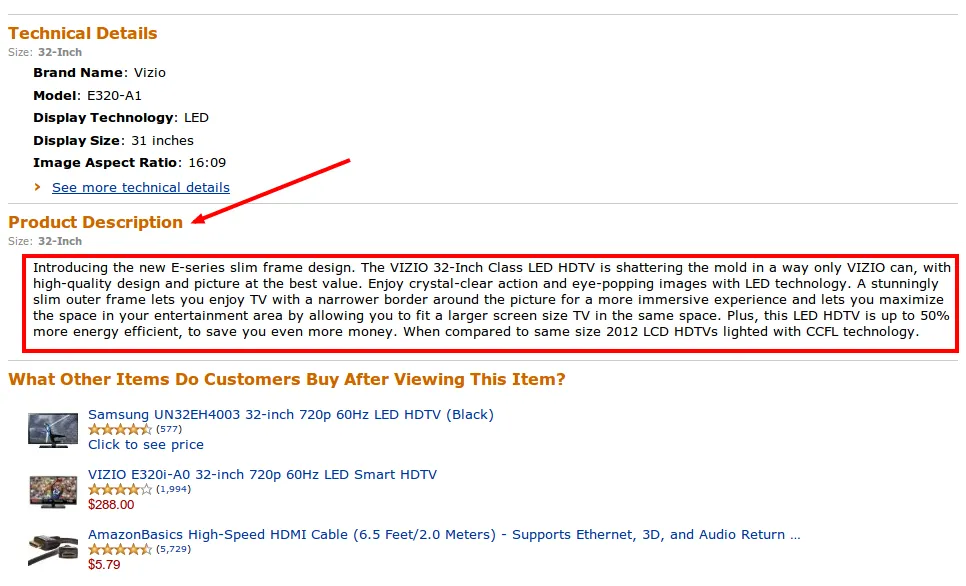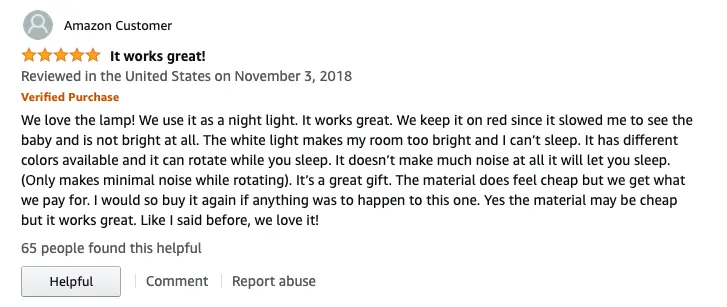8 Steps in Amazon Listing Optimization

In the vast landscape of e-commerce, Amazon stands as a giant, connecting buyers and sellers from around the world. To succeed in this competitive marketplace, optimizing your product listings is crucial.
This ultimate guide will take you through a step-by-step approach to Amazon listing optimization, helping you increase visibility, attract customers, and boost sales.
Step 1: Thorough Keyword Research
The foundation of any successful Amazon listing optimization strategy is thorough keyword research. Identify relevant and high-traffic keywords related to your product using tools like Amazon's own search bar, Google Keyword Planner, or third-party tools such as Helium 10. Incorporate these keywords naturally into your product title, bullet points, and product description.
Step 2: Craft a Compelling Product Title
Your product title is the first thing potential customers see, so make it count. Ensure it's clear, concise, and includes your main keywords. Follow Amazon's guidelines for character limits, and prioritize conveying the key benefits of your product. Strike a balance between keyword optimization and readability to entice both search engines and potential buyers.
Step 3: Engaging Bullet Points

The bullet points section is a prime opportunity to highlight the key features and benefits of your product. Create a compelling narrative that speaks to the needs and desires of your target audience. Use short sentences, bullet points, and bold formatting to make the information easily scannable. Include relevant keywords naturally to improve search visibility.
Step 4: Optimize Product Description

The product description is your chance to provide additional details and create a connection with your customers. Utilize concise paragraphs, rich formatting, and persuasive language. Clearly communicate the unique selling points of your product, and address potential concerns or questions that customers may have. Optimize with relevant keywords, but maintain a conversational tone for maximum impact.
Step 5: High-Quality Images and Media
Images play a crucial role in convincing potential buyers to choose your product. Follow Amazon's image guidelines and use high-resolution images that showcase your product from various angles. Include lifestyle images to help customers visualize using your product. Additionally, consider incorporating infographics or videos to enhance the overall shopping experience.
Moreover, integrating A+ content can significantly elevate your product presentation. Here are some ways to utilize A+ content effectively:
Basic Product Sets: Create comprehensive listings that highlight the key features and benefits of your core products. Use engaging visuals and compelling copy to capture the attention of potential buyers. Premium Product Sets: Enhance your product listings with premium content such as interactive comparison charts, detailed product specifications, and customer testimonials. Showcase the unique selling points of your products to differentiate them from competitors.
Complementary Product Sets: Cross-promote related products to encourage upsells and increase average order value. Provide recommendations for complementary items that enhance the overall user experience or solve additional customer needs.
Crafting a compelling Brand Story is also essential for establishing a strong brand identity and connecting with your target audience. Consider the following when developing your Brand Story:
Authenticity: Share the story behind your brand, including its origins, values, and mission. Authenticity resonates with consumers and builds trust.
Emotional Appeal: Appeal to the emotions of your audience by highlighting how your products solve problems or improve their lives. Use storytelling techniques to create a narrative that evokes empathy and connection.
Consistency: Ensure consistency in messaging across all touchpoints, including product listings, social media, and advertising. A cohesive Brand Story strengthens brand recognition and loyalty.
By incorporating A+ content and crafting a compelling Brand Story, you can enhance the overall shopping experience for customers and drive sales on Amazon.
Step 6: Competitive Pricing and Promotions
Pricing is a decisive factor for many shoppers. Research competitors' pricing strategies and set your prices competitively. Leverage Amazon's promotions and deals, such as lightning deals or discounts, to attract attention and boost sales. Keep an eye on changing market dynamics and adjust your pricing strategy accordingly.
Furthermore, consider implementing the following strategies to optimize your pricing and promotions:
Coupons: Offer coupons to incentivize purchases and reward customer loyalty. Coupons can be an effective way to attract new customers and encourage repeat business.
Percentage Discounts (Promotions): Run percentage discount promotions to create a sense of urgency and drive sales. Limited-time promotions can encourage customers to make a purchase before the discount expires.
Prime Exclusive Discounts: Offer exclusive discounts to Amazon Prime members to enhance the value proposition of your products. Prime members are often highly engaged shoppers who appreciate special deals and incentives.
Lightning Deals: Participate in Amazon's lightning deals to increase product visibility and generate excitement among shoppers. Lightning deals are time-sensitive promotions that offer deep discounts for a limited time, driving impulse purchases.
Strike-through Pricing - Business Price Setup: Utilize strike-through pricing to highlight discounted prices and create a sense of urgency. Business price setup allows you to customize pricing for different customer segments, maximizing profitability while maintaining competitiveness.
By implementing these pricing and promotion strategies, you can effectively attract customers and drive sales on Amazon.
Step 7: Collect and Showcase Reviews

Positive reviews build trust and credibility. Encourage satisfied customers to leave reviews, and promptly address any negative feedback. Utilize Amazon's Early Reviewer Program to kickstart the review process for new products. Display reviews prominently on your listing to provide social proof and reassure potential buyers.
Step 8: Monitor and Adjust
Amazon's algorithms are dynamic, and the competitive landscape is ever-changing. Regularly monitor your product's performance, analyze customer feedback, and stay informed about market trends. Adjust your optimization strategy accordingly, updating keywords, images, and content to adapt to shifting demands and maintain a competitive edge.
Let Amzonics manage your Amazon listing for a smarter, more efficient catalog. Book a FREE Demo Now! ⬇️
https://services.amzonics.com/
Optimizing your Amazon listings is an ongoing process that requires attention to detail and a commitment to adapting to market changes. By following this step-by-step guide, you'll position your products for success in the vast and lucrative world of Amazon e-commerce.
Stay proactive, engage with your audience, and continually refine your approach to ensure sustained growth and visibility on the platform.
